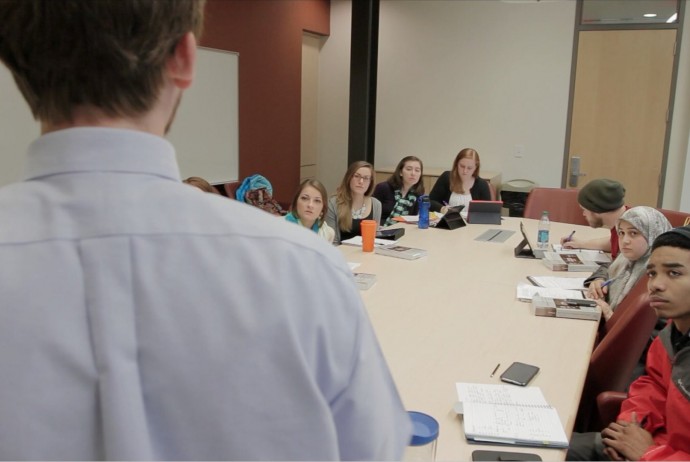
Composing *Médhu n̥dhgwhitóm
For those teachers of Indo-European linguistics out there, I thought it might be helpful to detail how my students were able to compose an Indo-European fable on their own. I Continue Reading →
A blog devoted to all matters Indo-European.

For those teachers of Indo-European linguistics out there, I thought it might be helpful to detail how my students were able to compose an Indo-European fable on their own. I Continue Reading →
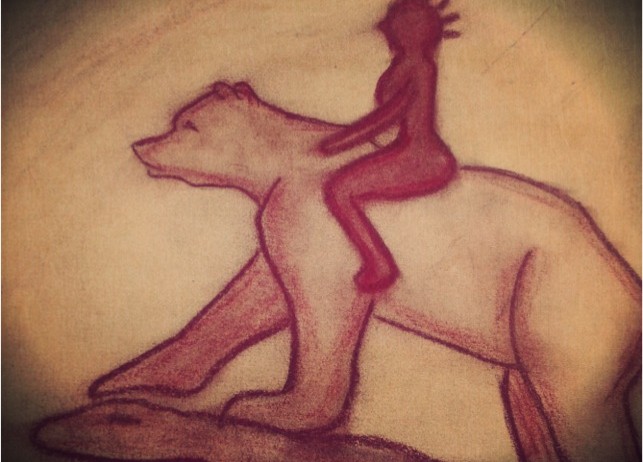
PIE: *Médhu n̥dhgwhitóm ‘Honey Everlasting’ *gwénh2 h1est. sáh2 h3réḱs pótnih2. There once was a woman, who was the wife of the king. mədhéu̯ei̯ su̯áh2deu̯ei̯ ḱléu̯os n̥dhgwhitóm tósi̯ah2ai̯ h1est. She was famous Continue Reading →
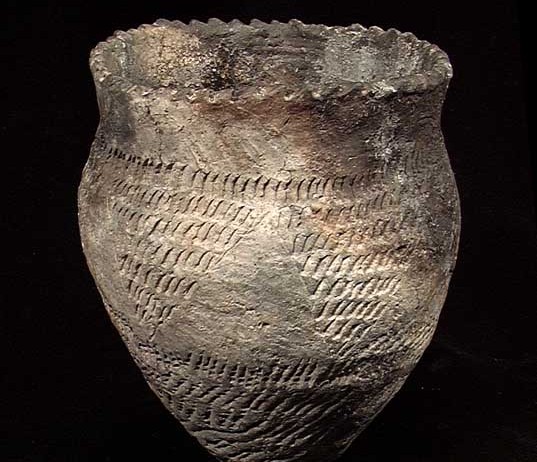
After the Archaeology recordings went viral I was asked a number of questions, ones which I’d like to address here. How do you know what Proto-Indo-European (PIE) sounded like? My Continue Reading →
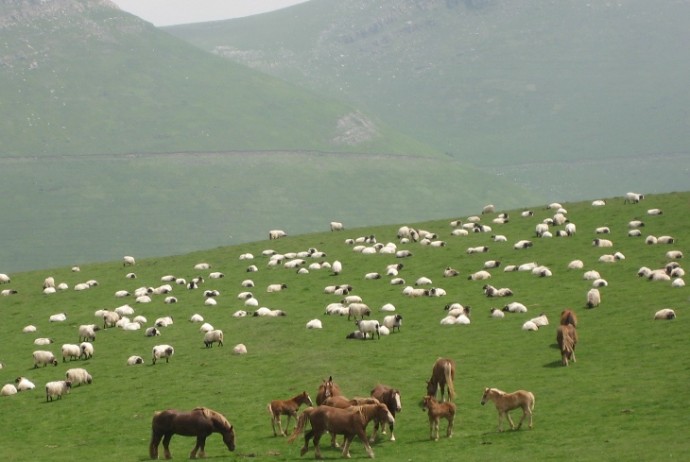
PIE: H2óu̯is h1éḱu̯ōs-kwe h2áu̯ei̯ h1i̯osméi̯ h2u̯l̥h1náh2 né h1ést, só h1éḱu̯oms derḱt. só gwr̥hxúm u̯óǵhom u̯eǵhed; só méǵh2m̥ bhórom; só dhǵhémonm̥ h2ṓḱu bhered. h2óu̯is h1ékwoi̯bhi̯os u̯eu̯ked: “dhǵhémonm̥ spéḱi̯oh2 h1éḱu̯oms-kwe h2áǵeti, ḱḗr Continue Reading →
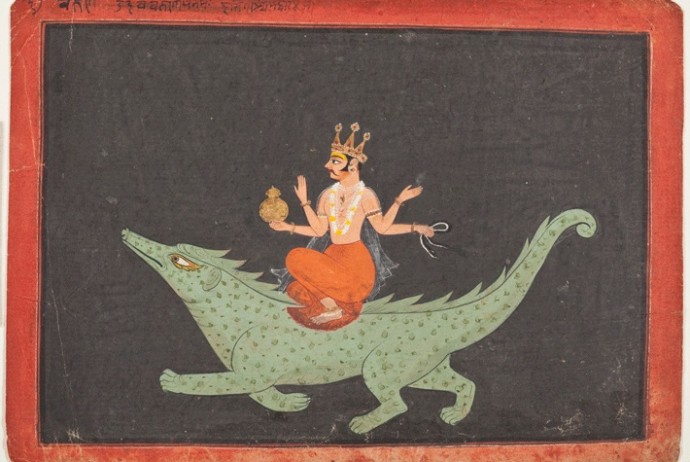
PIE: H3rḗḱs dei̯u̯ós-kwe H3rḗḱs h1est; só n̥putlós. H3rḗḱs súhxnum u̯l̥nh1to. Tósi̯o ǵhéu̯torm̥ prēḱst: “Súhxnus moi̯ ǵn̥h1i̯etōd!” Ǵhéu̯tōr tom h3rḗǵm̥ u̯eu̯ked: “h1i̯áǵesu̯o dei̯u̯óm U̯érunom”. Úpo h3rḗḱs dei̯u̯óm U̯érunom sesole nú dei̯u̯óm Continue Reading →